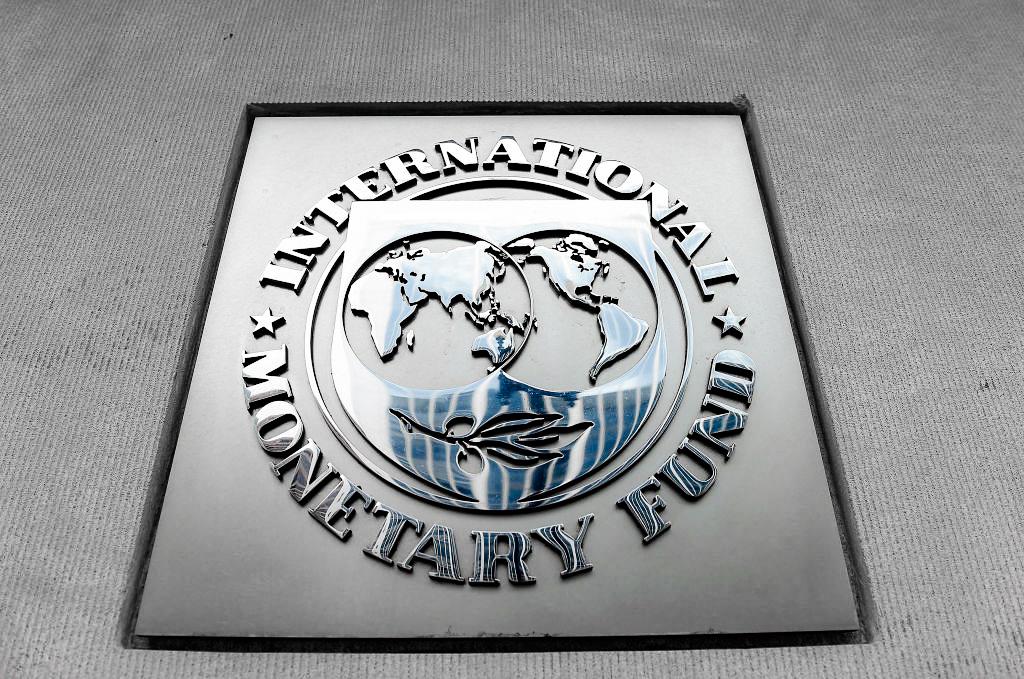Primarily driven by the large-scale adoption of electric vehicles, the production of lithium-ion batteries has spiked, raising the demand for cobalt—a cause of despair rather than prosperity in the African nation of Congo, where the metal is mined amid horrendous circumstances.
“I remember looking at this destroyed landscape and these thousands of bodies laboring over it and thinking it was like some rung of hell,” said author Siddharth Kara in an interview with Yale Environment 360 published on March 30.
“Literally, it was level four as you go down Dante’s ‘Inferno.’ I thought that was as bad as it was going to get, but it only became darker and bleaker and more destructive the further into the mining provinces I went.
“We’re talking about hundreds of thousands of people involved in this, including tens of thousands of children as young as five,” he said.
Kara was in the Democratic Republic of the Congo for his latest book, “Cobalt Red,” and reportedly traveled into militia-controlled mining areas where he encountered people working like slaves in dangerous conditions to supply the world’s factories with cobalt. About 75 percent of the global cobalt supply is mined in this impoverished country.
Though the author expected miserable conditions, he said, “The enormity of the violence against the people and environment there—it really shocked me.”
The seemingly endless demand for cobalt has resulted from the world shunning conventional energy sources and choosing the electric route, including the large-scale adoption of electric vehicles (EVs).
The Supply Chain: Child Labor
Miners get paid by a “laundering mechanism of traders and buying houses” that sell the sacks of material to industrial mining companies or processing facilities.Sacks collected from artisanal miners—“grindingly poor people scraping and scrounging in pits and trenches with pickaxes, shovels, their bare hands, strips of rebar, in tattered rags as they gather up cobalt-bearing ore, stones, and pebbles into sacks”—get mixed with material mined using heavy equipment, and from then onward, “it’s in the formal supply chain,” exposed Kara.
Everything’s mixed together with no separation between “artisanal” miners and industrial mines.
The “artisanal” miners number in the hundreds of thousands, including “tens of thousands of children as young as five and six years old,” according to Kara.
“The youngest ones will do surface digging, just scraping at the surface to gather what they can, and young boys and, more so, girls will do rinsing and sieving. When there’s a sack of dirt and stone that’s been gathered, you have to separate the dirt and the valueless stones from the cobalt-bearing stones, so they sieve what they’ve gathered in putrid toxic pools of sludgy water or in nearby little ponds and lakes.
Cobalt Is ‘Very Toxic’
Kara said the cobalt is “very toxic,” and the miners are all completely exposed to its toxicity. “Birth defects are on the rise, cancers, thyroid disease, neurological ailments, respiratory ailments, skin rashes, and dermatitis.”The author said that no one talks about “good health practices and protective gear,” while some of the ore contains “radioactive uranium,” which carries more health risks to people who come in contact with it.
Mining companies in foreign nations go through procedures to contain the effluence and gas clouds arising from using sulfuric acid during ore processing. However, “no one cares about the people of the Congo or the environment of the Congo. It all just wafts over the mining provinces. Every body of water, the air, the dirt, it’s all contaminated,” Kara said.
Besides this, there were plenty of accidents. Children would lose their footing while carrying heavy sacks and fall, shattering their legs or spine. Then there are the tunnels that collapse because they were built without any safety structures.
China Rules the Mines
The U.S. presence in Congo cobalt mines ended in 2016, said Kara. Besides one European company, the rest of the mining companies are Chinese. In exchange for infrastructure projects and loans, Beijing accessed the mines and now controls “most of the copper-cobalt mining production in the Congo. They moved with acumen, shrewdness, and speed to lock this supply chain down,” he said.The Chinese regime saw the future in “batteries, phones, gadgets, and, increasingly, electric vehicles,” and has been “vertically integrating” ever since.
Kara said that the West needs to wake up and understand what’s happening in this lowest ring of the supply chain.
“We cannot pursue a green future by destroying the environment in the Congo. We cannot save our environment by destroying theirs, nor can we enable our rechargeable lives by sacrificing and forfeiting the lives of African people.”
There are approximately 27 million electric vehicles on the road globally, and by the end of 2023, the number is expected to cross 40 million. EV adoption is increasing in the United States and Europe through governmental subsidies and related promotions.





